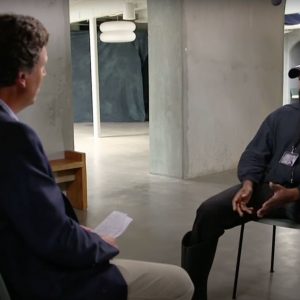
Last week, California governor Jerry Brown unveiled his budget for the new fiscal year. As specified by the passage of Proposition 2 on the November ballot, Brown put $1.2 billion into a rainy day fund while paying down the same amount of the state debt and addressing other obligations that Brown says the state needs to plan for, such as the increasing number of Medicare enrollees after the passage of the Affordable Care Act. This set the stage for negotiations between Brown and labor unions over reducing the state’s responsibility towards retirees’ health care, instead aiming to increase the contributions state workers themselves have to make.
The budget also outlines the expenditures for other pressing issues, including state funding for education. Brown vowed that he would not increase state funding for the UC system if the UC Board of Regents put forth any plan to increase tuition, and he stuck to this resolution. This means the UC will receive about $120 million, or a four percent increase from last year, that will not be enough to offset the increase. Unless the state legislature allocates more money for the UC in the final budget, tuition will increase by 28 percent over the next five years. As the California State University system has had no proposed tuition increase on the board, they received the same increase along with an extra $25 million to help students complete their degrees. K-14 education looks to be one of the big winners in the budget, as their funding would increase by $8 billion, including a $1 billion increase for the community college system.
Climate change, in the form of the cap-and-trade program, is also an issue the budget focuses on. The cap and trade program cuts down on carbon emissions by putting a cap on how much businesses can emit. The government’s funds come from a quarterly auction where companies that release over 25,000 tons pay $11.50 for every ton released. $1 billion of the projected revenue that comes from the cap and trade program will go toward developing clean technology and sustainable communities, including $250 million going toward the construction of the high-speed rail from Los Angeles to San Francisco, which started earlier this month.
One of the main points of contention in the budget between Brown and other Democratic lawmakers is the amount of money allocated to social services. Supporters argue that the budget is “prudent” and that it does as much as it can with the money the state has while protecting California from the inevitable economic lows to come. Detractors believe that those who are the least well off also receive the least and cannot afford to wait until the next economic downturn. For example, the state’s most prominent welfare program, CalWORKs, saw no increase in its expenditures. Because of inflation, the increase on maximum grants that Brown signed off on last June is still $200 below the maximum grant amount from 2003. This is likely to be one of the main points of discussion in a budget that Assembly Speaker Toni Atkins called (D) a “realistic and practical starting point,” a point that was echoed by Senate President Pro Tempore Kevin de Leon (D).
Governor Brown will submit a final budget in June after negotiations with the legislature end, leaving a five month period during which many changes to the budget can occur. UC student leadership, in particular, hopes to lobby state legislators in an effort to avoid the imminent tuition increases. However, what this budget proposal does show is a glimpse into the direction that Governor Brown believes California should go.





Be First to Comment